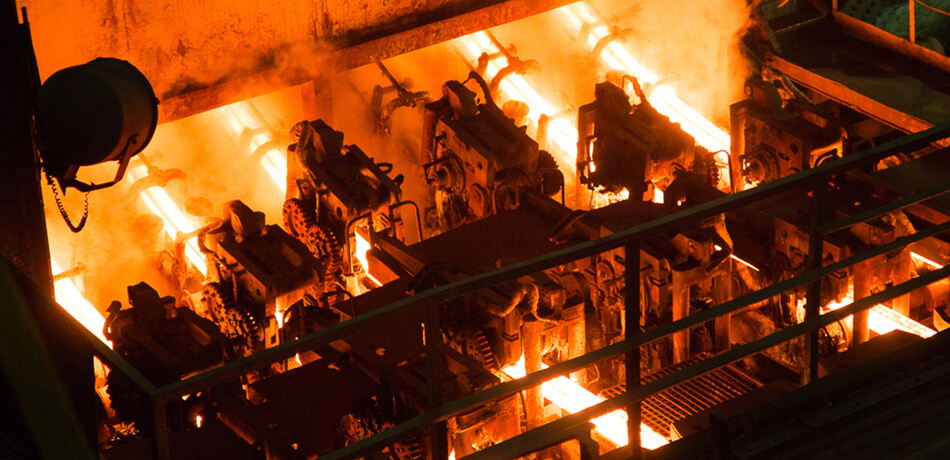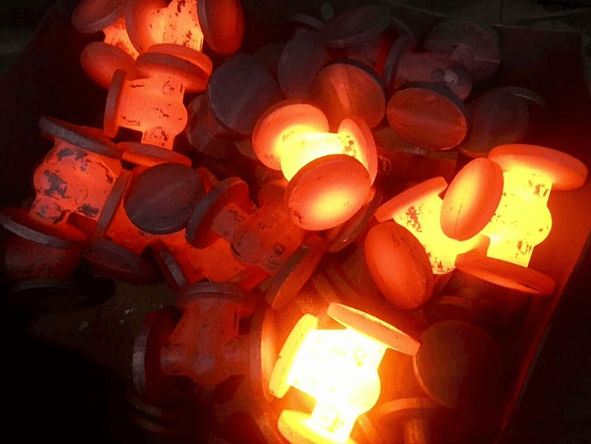Heat Treatment Processes: Enhancing Metal Properties for Advanced Applications
The development of heat treatment processes undeniably propels technological advancements. Employing these techniques in mechanical and metallurgical processes enables the production of more precise and higher-quality components using cutting-edge technologies. Various industries now utilize heat treatment methods to alter the physical and even chemical properties of metals, achieving diverse purposes. This article explores metal heat treatment processes, their advantages, and the typical treatment types for steel.

What is Heat Treatment?
Heat treatment is a crucial part of metal manufacturing, involving a series of processes to alter metal properties. Precisely, it uses heating, cooling, and sometimes chemical treatments to modify physical, mechanical, and occasionally chemical properties. These include ductility, hardness, temperature resistance, formability, machinability, and strength. The choice of heat treatment method is crucial for manufacturers to meet specific requirements.
Metals Suitable for Heat Treatment
Manufacturers must assess each metal to select the correct treatment method, as not all metals are suitable for every type. While ferrous metals, especially various steel grades, constitute around 80% of heat-treated materials, non-ferrous metals like copper, aluminum, nickel, brass, magnesium, and titanium alloys are also subject to heat treatment. The following are some metals and suitable treatment types:
Cast Iron, Carbon Steel, Martensitic Stainless Steel, and Tool Steel
· Treatment Methods: Quenching, Annealing, Normalizing, Stress Relieving, Surface Hardening, Nitriding, Tempering.
Copper and Copper Alloys
· Treatment Methods: Annealing and Quenching.
Aluminum
· Treatment Methods: Annealing, Solution Heat Treatment, Precipitation Hardening.
Stages of Metal Heat Treatment
In general, metals undergo five basic heat treatment methods: quenching, surface hardening, normalizing, annealing, and tempering. Each process introduces distinct characteristics and involves three stages: heating, soaking, and cooling.
Heating Stage
This marks the initial step of the metal heat treatment process. Many alloys undergo structural changes when heated to specific temperatures, typically up to 1200°C, depending on the metal grade. The structure at room temperature is a mechanical mixture, solid solution, or a combination of both.
Care during this phase is crucial to prevent metal fracture or deformation, emphasizing uniform heating. Factors influencing the appropriate heating rate include metal size, cross-sectional area, condition, and thermal conductivity.
Soaking Stage
This stage maintains the heated metal parts at the temperature where the expected structural changes occur. The metal must remain at this temperature until the entire component is uniformly heated.
Soaking, also known as holding or dwell time, is determined by chemical analysis, metal mass, and thickness. Larger masses generally require longer soaking times, usually around 2 hours.
Cooling Stage
Following metal soaking, the next step is cooling, intending to reduce the metal temperature to room temperature. The cooling phase determines the final properties of the treated metal, as it might transform from one phase to another or maintain or revert to its original state. Cooling rates and mediums, such as air, water, or oil, play a pivotal role in achieving specific structures and properties.

Factors Influencing Metal Heat Treatment
Various factors impact metal heat treatment processes, and some key ones include:
Effect of Time and Temperature
Time and temperature are critical in altering mechanical properties and microstructure during heating, soaking, and cooling stages. For instance, rapidly cooling steel at a rate of 1000°C per minute (quenching) creates a new microstructure called martensite.
Deformation
Different treatment methods often lead to part deformation and size changes. The degree of deformation is influenced by factors like the metal's initial structure, treatment method, and location in the furnace.
Effect of Composition
Alloying elements affect metal heat treatment by delaying atomic diffusion in the iron lattice, thereby delaying phase transformations. Elements like manganese, molybdenum, nickel, and boron enhance hardness and improve ductility at higher temperatures.
Typical Heat Treatment Types for Steel
Steel undergoes four basic heat treatment types in industrial processes:
Quenching: Raises hardness and strength by increasing lattice structure resistance. Involves heating metal to 800–900°C, then rapidly cooling, often in oil, water, or brine.Tempering: Addresses excessive hardness post-quenching, reducing brittleness by relieving internal stresses. Involves heating steel to temperatures between 125–700°C and cooling in still air.
Annealing : Ideal for low-carbon steel, enhancing both strength and ductility. Involves heating steel to temperatures ranging from 260–760°C, maintaining the temperature, then slow cooling to room temperature.
Normalizing:Similar to annealing but with air cooling. Reduces internal stresses and refines grain structure.
Conclusion
The evolution of metal heat treatment processes provides manufacturers with powerful tools to tailor metal components for various applications. The selection of suitable treatment methods depends on the type of metal, desired performance, and the end product's purpose. As technology advances, heat treatment processes will continue to play a crucial role in driving technological progress and innovation across industries.
At Haoxiang Prototypes, we are dedicated to providing high-quality metal heat treatment services to meet the specific needs of our clients' projects. If you have any questions about metal heat treatment or related services, feel free to contact us. We are here to provide support and solutions.
